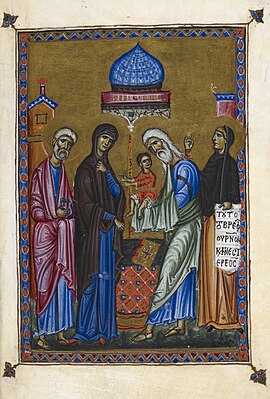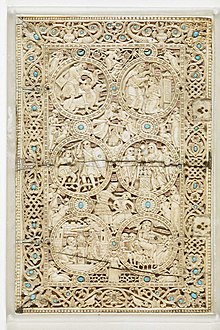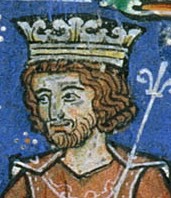
Amalric or Amaury I was King of Jerusalem from 1163, and Count of Jaffa and Ascalon before his accession. He was the second son of Melisende and Fulk of Jerusalem, and succeeded his older brother Baldwin III. During his reign, Jerusalem became more closely allied with the Byzantine Empire, and the two states launched an unsuccessful invasion of Egypt. He was the father of three future rulers of Jerusalem, Sibylla, Baldwin IV, and Isabella I.

The Kingdom of Jerusalem, also known as the Latin Kingdom, was a Crusader state that was established in the Levant immediately after the First Crusade. It lasted for almost two hundred years, from the accession of Godfrey of Bouillon in 1099 until the siege of Acre in 1291. Its history is divided into two periods with a brief interruption in its existence, beginning with its collapse after the siege of Jerusalem in 1187 and its restoration after the Third Crusade in 1192.

Year 1131 (MCXXXI) was a common year starting on Thursday of the Julian calendar.

Melisende was Queen of Jerusalem from 1131 to 1153, and regent for her son between 1153 and 1161, while he was on campaign. She was the eldest daughter of King Baldwin II of Jerusalem, and the Armenian princess Morphia of Melitene.

Baldwin III was King of Jerusalem from 1143 to 1163. He was the eldest son of Melisende and Fulk of Jerusalem. He became king while still a child, and was at first overshadowed by his mother Melisende, whom he eventually defeated in a civil war. During his reign Jerusalem became more closely allied with the Byzantine Empire, and the Second Crusade tried and failed to conquer Damascus. Baldwin captured the important Egyptian fortress of Ascalon, but also had to deal with the increasing power of Nur ad-Din in Syria. He died childless and was succeeded by his brother Amalric.
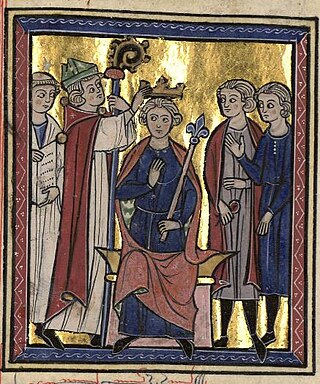
Fulk, also known as Fulk the Younger, was the count of Anjou from 1109 to 1129 and the king of Jerusalem with his wife Melisende from 1131 to his death. During their reign, the Kingdom of Jerusalem reached its largest territorial extent.

Baldwin II, also known as Baldwin of Bourcq or Bourg, was Count of Edessa from 1100 to 1118, and King of Jerusalem from 1118 until his death. He accompanied his cousins Godfrey of Bouillon and Baldwin of Boulogne to the Holy Land during the First Crusade. He succeeded Baldwin of Boulogne as the second count of Edessa when he left the county for Jerusalem following his brother's death. He was captured at the Battle of Harran in 1104. He was held first by Sökmen of Mardin, then by Jikirmish of Mosul, and finally by Jawali Saqawa. During his captivity, Tancred, the Crusader ruler of the Principality of Antioch, and Tancred's cousin, Richard of Salerno, governed Edessa as Baldwin's regents.
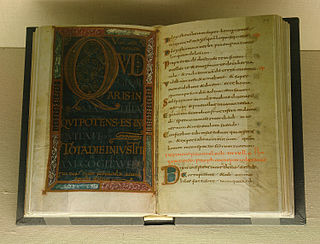
A psalter is a volume containing the Book of Psalms, often with other devotional material bound in as well, such as a liturgical calendar and litany of the Saints. Until the emergence of the book of hours in the Late Middle Ages, psalters were the books most widely owned by wealthy lay persons. They were commonly used for learning to read. Many Psalters were richly illuminated, and they include some of the most spectacular surviving examples of medieval book art.

Philip of Milly, also known as Philip of Nablus, was a baron in the Kingdom of Jerusalem and the seventh Grand Master of the Knights Templar. He briefly employed the troubadour Peire Bremon lo Tort in the Holy Land.

The king or queen of Jerusalem was the supreme ruler of the Kingdom of Jerusalem, a Crusader state founded in Jerusalem by the Latin Catholic leaders of the First Crusade, when the city was conquered in 1099. Most of them were men, but there have also been five queens regnant of Jerusalem, either reigning alone suo jure, or as co-rulers of husbands who reigned as kings of Jerusalem jure uxoris.
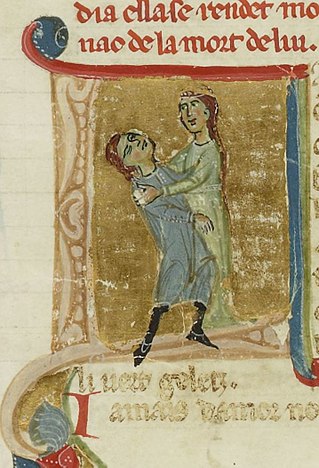
Hodierna of Jerusalem was a countess consort of Tripoli through her marriage to Raymond II of Tripoli, and regent of the County of Tripoli during the minority of her son from 1152 until 1155.
Morphia of Melitene was the queen consort of the crusader Kingdom of Jerusalem from 1118 until her death. She was an Armenian by ethnicity and an adherent of the Greek Orthodox faith. Her father, Gabriel, was a warlord in northern Syria. He wished to marry her off to one of the crusade leaders who were carving out states in the Levant, and eventually chose Count Baldwin II of Edessa. They married around 1100 and had four daughters: Melisende, Alice, Hodierna, and Ioveta. In 1118, Baldwin was elected king of Jerusalem; the next year, Morphia became the first woman to be crowned queen of Jerusalem. She did not participate in the government but took initiative to liberate her husband after he was captured in 1123. She died a few years later. According to historian Bernard Hamilton, her religious practices left a lasting mark on the status of Orthodox Christians in the crusader kingdom.
Hugh II, also called Hugh du Puiset, was a Crusader and the count of Jaffa in the Kingdom of Jerusalem. He revolted against King Fulk in 1134.
Alice of Jerusalem was a Princess consort of Antioch by marriage to Bohemond II of Antioch. She engaged in a longlasting power struggle during the reign of her daughter Constance of Antioch.
Ioveta was a Latin princess from the crusader Kingdom of Jerusalem. Her name appears in various other forms, including Joveta, Yveta, Yvette, Ivetta, and Juditta. She headed the Convent of Saint Lazarus in Bethany, the richest abbey in the kingdom, from the late 1130s or early 1140s until her death.

Crusader art or the art of the Crusades, meaning primarily the art produced in Middle Eastern areas under Crusader control, spanned two artistic periods in Europe, the Romanesque and the Gothic, but in the Crusader kingdoms of the Levant the Gothic style barely appeared. The military crusaders themselves were mostly interested in artistic and development matters, or sophisticated in their taste, and much of their art was destroyed in the loss of their kingdoms so that only a few pieces survive today. Probably their most notable and influential artistic achievement was the Crusader castles, many of which achieve a stark, massive beauty. They developed the Byzantine methods of city-fortification for stand-alone castles far larger than any constructed before, either locally or in Europe.
William of Bures was Prince of Galilee from 1119 or 1120 to his death. He was descended from a French noble family which held estates near Paris. William and his brother, Godfrey, were listed among the chief vassals of Joscelin of Courtenay, Prince of Galilee, when their presence in the Holy Land was first recorded in 1115. After Joscelin received the County of Edessa from Baldwin II of Jerusalem in 1119, the king granted the Principality of Galilee to William. He succeeded Eustace Grenier as constable and bailiff in 1123. In his latter capacity, he administered the kingdom during the Baldwin II's captivity for more than a year, but his authority was limited.

The Council of Acre met at Palmarea, near Acre, a major city of the crusader Kingdom of Jerusalem, on 24 June 1148. The Haute Cour of Jerusalem met with recently arrived crusaders from Europe, to decide on the best target for the crusade. The Second Crusade had been called after the fall of Edessa to Zengi in 1144. In 1147, armies led by Conrad III of Germany and Louis VII of France began their separate journeys to the east. Conrad arrived at Acre in April 1148, and Louis marched south from Antioch.

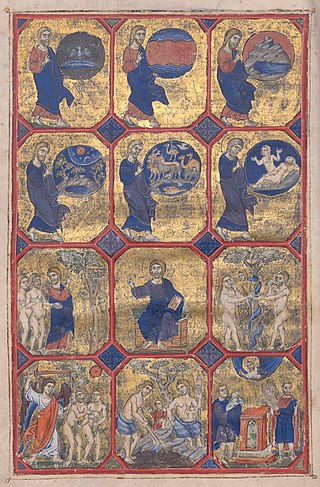
The Acre Bible is a partial Old French version of the Old Testament, containing both new and revised translations of 15 canonical and 4 deuterocanonical books, plus a prologue and glosses. The books are Genesis, Exodus, Leviticus, Numbers, Deuteronomy, Joshua, Judges, 1 and 2 Samuel, 1 and 2 Kings, Judith, Esther, Job, Tobit, Proverbs, 1 and 2 Maccabees and Ruth. It is an early and somewhat rough vernacular translation. Its version of Job is the earliest vernacular translation in Western Europe.
